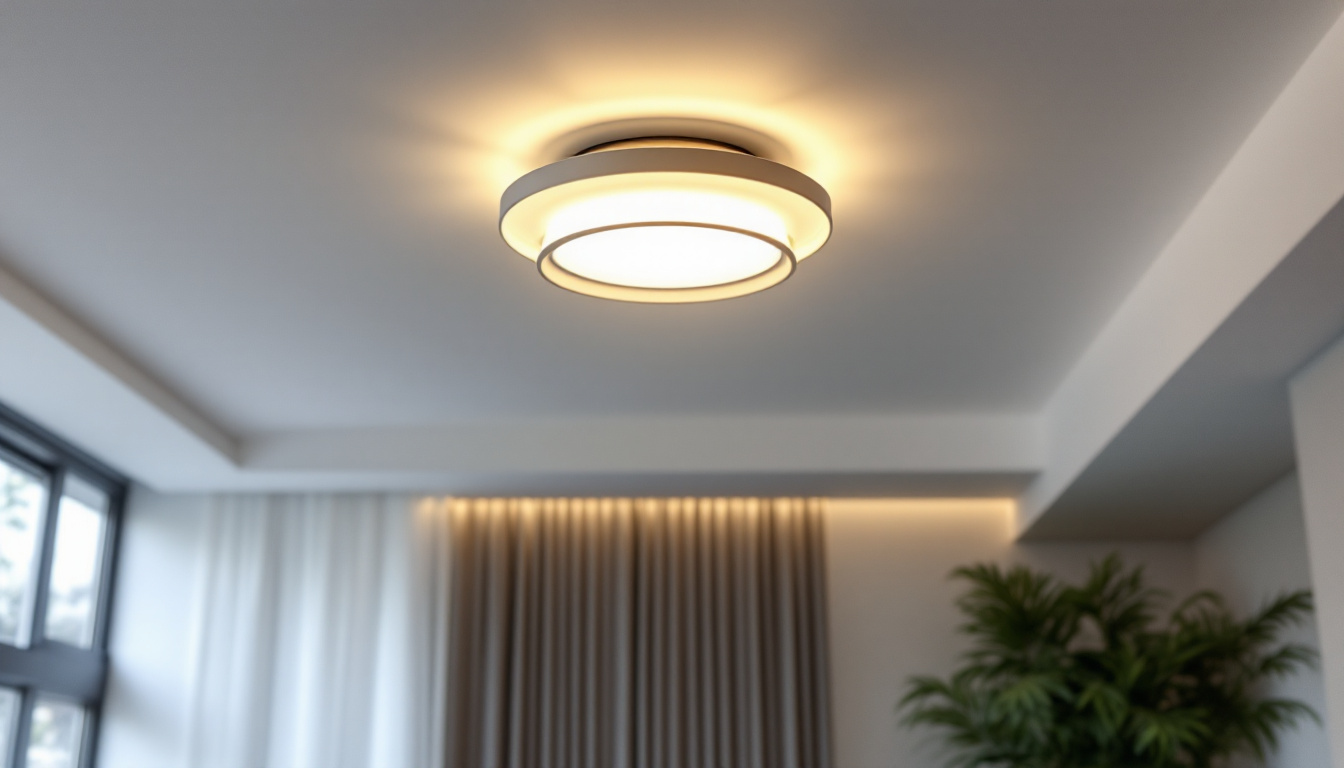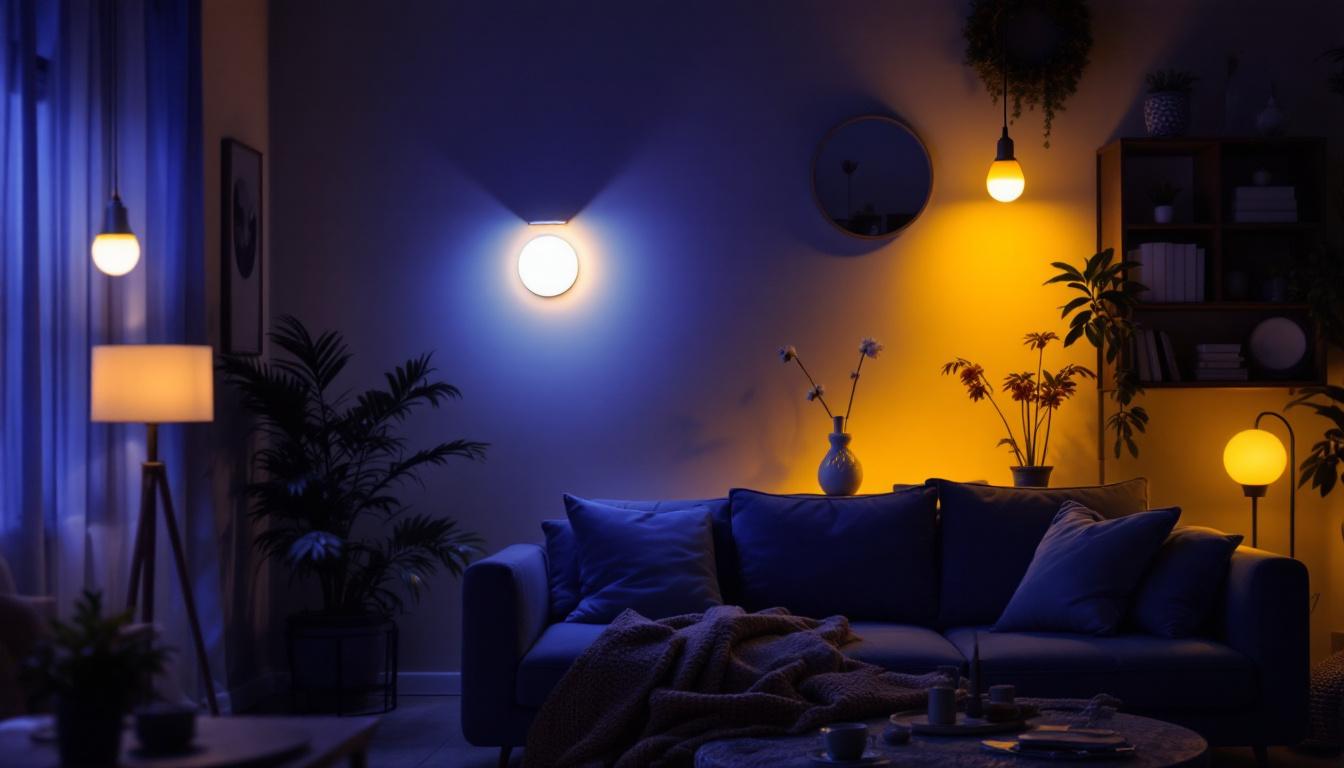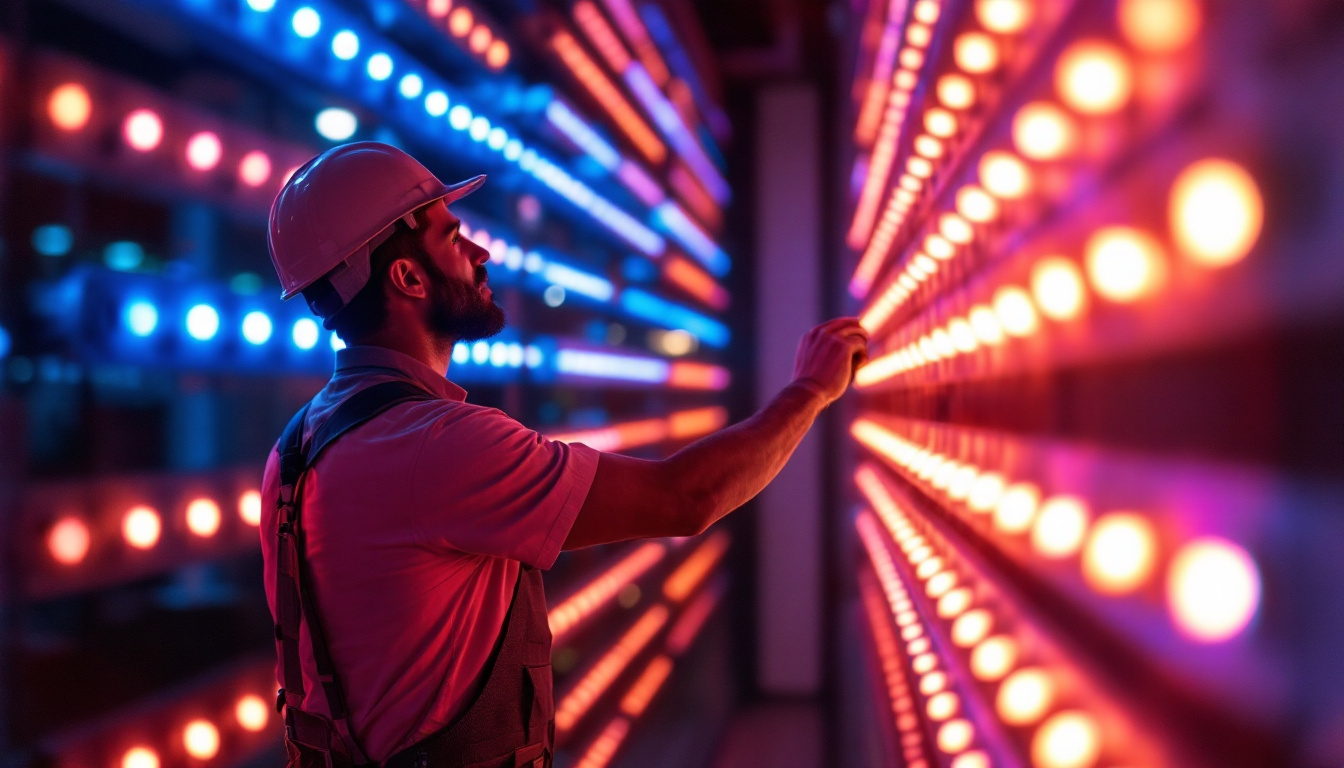
As the popularity of sustainable energy solutions continues to rise, lighting contractors are increasingly exploring innovative ways to incorporate solar technology into their projects. One particularly festive application is the use of solar-powered pumpkin lights, which not only enhance the aesthetic appeal of outdoor spaces but also align with eco-friendly practices. This guide aims to provide lighting contractors with essential insights and practical tips for integrating solar-powered pumpkin lights into their offerings.
Solar-powered lighting systems harness sunlight to generate electricity, making them an environmentally friendly alternative to traditional lighting options. These systems typically consist of solar panels, batteries, and LED lights, which work together to provide illumination without relying on the electrical grid. By utilizing renewable energy, solar-powered lighting not only reduces carbon footprints but also promotes energy independence, allowing users to enjoy the benefits of lighting without the constraints of conventional energy sources.
One of the primary advantages of solar-powered lights is their cost-effectiveness. Once installed, they require minimal maintenance and incur no electricity costs. Additionally, they are easy to install, often requiring no specialized electrical knowledge. This makes them an attractive option for lighting contractors looking to expand their service offerings. Furthermore, many solar lights come with built-in sensors that automatically turn the lights on at dusk and off at dawn, providing a hassle-free experience for users.
Moreover, solar-powered lights contribute to sustainability efforts, appealing to environmentally conscious clients. They can be used in various applications, from residential gardens to commercial properties, allowing contractors to tap into a growing market segment. The versatility of solar lighting also means that they can be integrated into various designs, from decorative garden lights to functional security lighting, enhancing both aesthetics and safety in outdoor spaces.
Solar-powered pumpkin lights typically consist of several key components. Understanding these parts is crucial for contractors looking to install or recommend these systems effectively. Each component plays a vital role in ensuring that the lights operate efficiently and effectively throughout the night.
In addition to these components, many solar-powered pumpkin lights are designed with weather-resistant materials, ensuring durability against the elements. This resilience is particularly important for outdoor installations, where exposure to rain, snow, and UV rays can affect the longevity of the lighting system. As a result, contractors can confidently recommend solar-powered lights for various climates and conditions, knowing that they will provide reliable performance year-round.
When selecting solar-powered pumpkin lights for clients, lighting contractors should consider several factors to ensure optimal performance and satisfaction.
Brightness is typically measured in lumens, and selecting the appropriate lumen output is essential for achieving the desired ambiance. For pumpkin lights, a softer glow may be preferred, while brighter options can be used for decorative purposes in larger spaces. Additionally, the color temperature of the lights can influence the overall aesthetic; warm white lights often create a cozy, inviting atmosphere. For a more playful or whimsical touch, some contractors may also explore colored options, such as orange or purple, which can add a festive flair to Halloween displays or autumn gatherings.
Solar-powered pumpkin lights come in various designs, ranging from traditional carved pumpkin shapes to modern, sleek styles. Contractors should consider the overall theme and design preferences of their clients when recommending specific products. A well-chosen design can enhance the visual appeal of outdoor spaces, making them more inviting and festive. Furthermore, incorporating lights with unique features, such as flickering effects or animated designs, can create a dynamic atmosphere that captivates guests and passersby alike, making the outdoor area a focal point during the fall season.
Given that these lights will be exposed to outdoor elements, durability is a critical factor. Look for products that are made from high-quality materials and have a good weather resistance rating. This ensures that the lights can withstand rain, wind, and other environmental conditions without compromising performance. Additionally, consider the battery life and charging efficiency of the solar panels, as these factors can significantly affect how long the lights will operate each night. Some models even come equipped with built-in sensors that automatically turn the lights on at dusk and off at dawn, maximizing their efficiency and convenience for the user.
Another important aspect to consider is the ease of installation and maintenance of solar-powered pumpkin lights. Many products are designed for simple setup, often requiring no tools and minimal effort to place them in the desired location. This is particularly beneficial for clients who may want to rearrange their decorations frequently or for those who are not particularly handy. Additionally, educating clients on basic maintenance practices, such as cleaning the solar panels and checking for any obstructions, can help ensure that the lights operate at peak performance throughout the season. Regular maintenance not only prolongs the life of the lights but also enhances their aesthetic appeal, allowing clients to enjoy a beautifully illuminated space without the hassle of frequent replacements.
Proper installation is crucial for the effective operation of solar-powered pumpkin lights. Here are some essential tips for lighting contractors to consider during the installation process.
To maximize the efficiency of solar-powered lights, careful consideration should be given to their placement. Ideally, the solar panels should be positioned in areas that receive direct sunlight for most of the day. This ensures that the batteries are fully charged, allowing the lights to operate effectively at night.
Additionally, the placement of the lights should enhance the visual appeal of the pumpkins. Positioning them at varying heights and angles can create a dynamic and engaging display, drawing attention to the pumpkins and the surrounding landscape.
While many solar-powered lights are designed for easy installation with minimal wiring, it is still essential to ensure that all connections are secure. Loose connections can lead to performance issues, such as flickering lights or complete failure. Contractors should carefully follow the manufacturer’s instructions during installation to avoid common pitfalls.
After installation, it is advisable to test the lights to ensure they are functioning correctly. This includes checking the brightness, battery performance, and overall operation. Regular maintenance, such as cleaning the solar panels and checking connections, will help prolong the lifespan of the lights and maintain their performance.
Incorporating solar-powered pumpkin lights into a lighting contractor’s offerings can provide a unique selling point. However, effective marketing strategies are essential to attract clients and promote these eco-friendly solutions.
As consumers become increasingly aware of environmental issues, emphasizing the sustainability of solar-powered lights can be a compelling marketing strategy. Contractors can showcase the benefits of using renewable energy sources and how these lights contribute to reducing carbon footprints.
Creating informative content, such as blog posts, social media updates, or videos, can help educate potential clients about the advantages of solar-powered lighting. This positions contractors as knowledgeable experts in the field and builds trust with clients.
Displaying past projects that feature solar-powered pumpkin lights can serve as powerful testimonials to potential clients. High-quality images and descriptions of completed installations can illustrate the aesthetic appeal and functionality of these lights, encouraging others to consider them for their own properties.
Seasonal promotions can create excitement around solar-powered pumpkin lights, particularly during the fall season. Special discounts or package deals can incentivize clients to choose these products, increasing sales and expanding the contractor’s client base.
While solar-powered pumpkin lights offer numerous benefits, there are challenges that lighting contractors may encounter. Understanding these challenges and having solutions at hand can enhance the overall client experience.
In regions with limited sunlight, the effectiveness of solar-powered lights may be compromised. Contractors can address this issue by recommending higher-capacity batteries or more efficient solar panels. Additionally, suggesting alternative lighting options for areas that receive less sunlight can help ensure that clients are satisfied with their lighting solutions.
The initial investment for solar-powered lighting systems can be higher than traditional lighting options. However, contractors can emphasize the long-term savings associated with reduced electricity costs and minimal maintenance. Providing a clear breakdown of costs and potential savings can help clients make informed decisions.
The field of solar technology is continually evolving, with new products and innovations emerging regularly. Staying informed about the latest advancements can help contractors recommend the best solutions to their clients. Attending industry conferences, participating in training sessions, and following relevant publications can keep contractors updated on trends and technologies.
Solar-powered pumpkin lights represent a unique opportunity for lighting contractors to expand their offerings while promoting sustainability. By understanding the components, benefits, and installation processes associated with these lights, contractors can effectively meet the needs of their clients. Additionally, implementing strategic marketing techniques can enhance visibility and attract a broader customer base.
As the demand for eco-friendly solutions continues to grow, embracing solar-powered lighting options can position contractors as leaders in the industry. With the right knowledge and tools, lighting contractors can illuminate outdoor spaces with creativity and sustainability, ensuring that their clients enjoy beautiful, energy-efficient lighting year after year.
Ready to light up your projects with eco-friendly innovation and unmatched value? LumenWholesale is your go-to source for premium solar-powered pumpkin lights and a wide range of spec-grade lighting products. Say goodbye to inflated markups and hello to wholesale prices, top quality, and the convenience of free shipping on bulk orders. Elevate your lighting game and delight your clients with sustainable, cost-effective solutions. Discover the perfect blend of quality, affordability, and convenience. Wholesale Lighting at the Best Value is just a click away. Partner with LumenWholesale today and brighten your professional offerings!

Discover the top strategies lighting contractors use to select and install ceiling flush lights for optimal illumination and style.

Discover how industrial LED lights are revolutionizing the lighting industry and becoming the essential tool for securing more contracts.

Discover expert insights on how to effectively dim LED lights with ease.

Discover how LED light walls can transform your business as a lighting contractor.